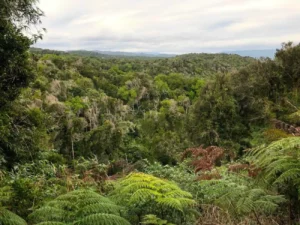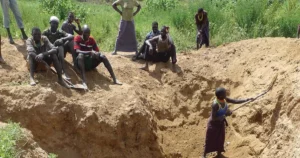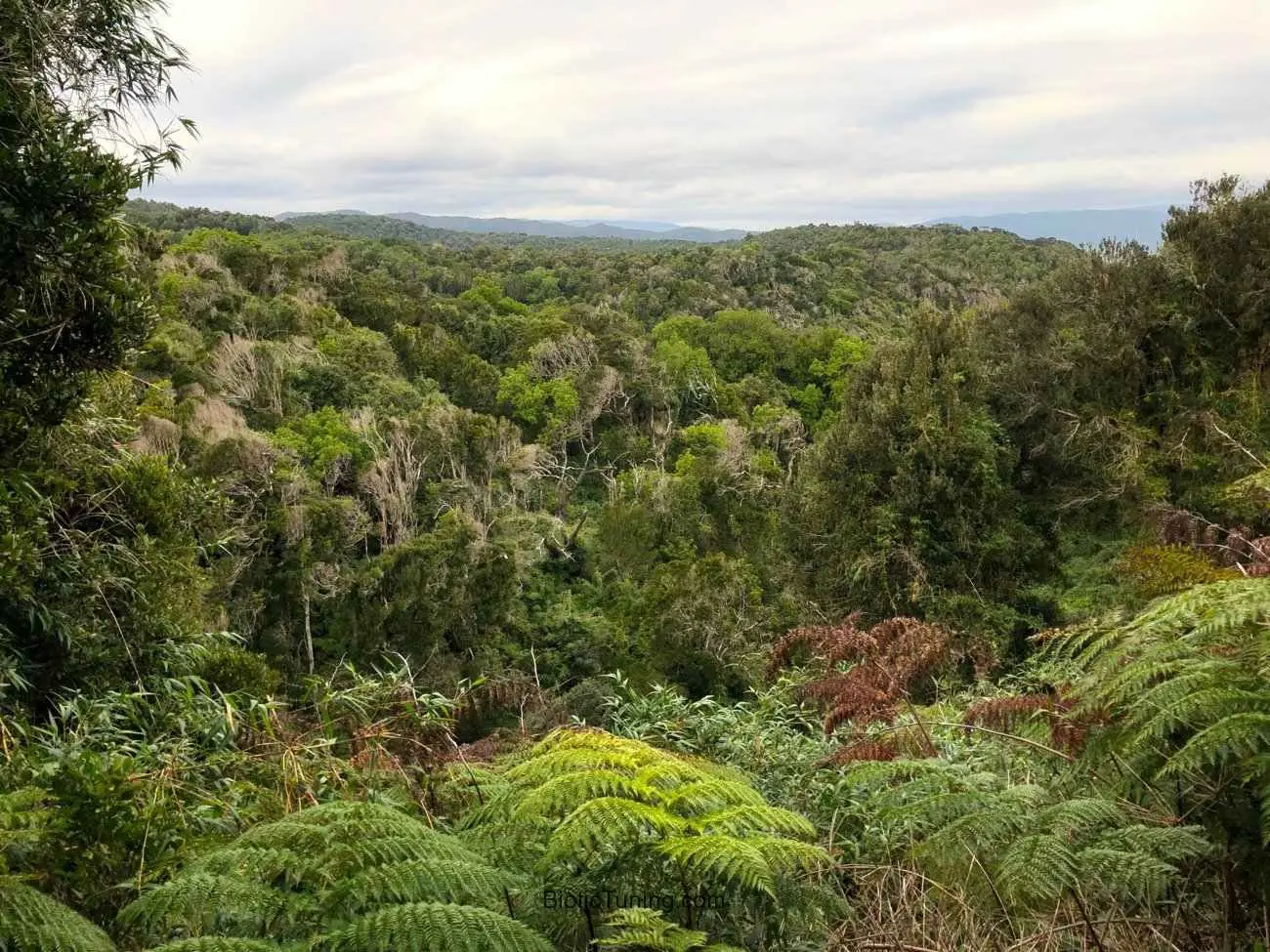
Enveloping an expansive 248,100 square kilometers, the Valdivian Temperate Forest extends from the Pacific Ocean to the Andes Mountains, creating a stunning mosaic of landscapes that range from coastal rainforests to montane forests. The forest’s remarkable biodiversity is a testament to its age, serving as a living testament to Earth’s natural history. The Valdivian Temperate Forest has managed to survive the test of time, largely untouched by the glaciations that shaped much of the southern hemisphere. Its resilience is evident in the presence of ancient tree species such as the Alerce, known for its impressive longevity, with some individuals exceeding 3,000 years in age.
This ecological marvel faces contemporary challenges, however, as human activities encroach upon its borders. Logging, agriculture, and urbanization pose threats to the delicate balance that has sustained this forest for millennia. Conservation efforts are underway to protect and preserve this vital ecosystem, recognizing its significance not only for biodiversity but also for the role it plays in carbon sequestration and maintaining global climate stability. The Valdivian Temperate Forest stands as a reminder of the intricate web of life that exists on our planet, urging us to embrace sustainable practices to ensure the continued existence of this ancient sanctuary for generations to come.
The Enigmatic Guina: A Tiny Marvel in Peril
Also known as the Kodkod or Chilean cat, the guina weighs a mere 2-7 pounds, distinguishing itself as the Americas’ smallest cat. With a distinctive appearance featuring spotted brown fur and prominent stripes on its small, round head, the guina blends seamlessly into its surroundings, making it a master of stealth. Despite its diminutive size, this feline is a symbol of vulnerability, currently listed as “vulnerable” on the IUCN Red List.
In the Valdivian Temperate Rainforest, the guina has honed remarkable survival strategies. Professor Constanza Napolitano, an expert at the University of Los Lagos, notes the guina’s ability to swim across broad rivers and swiftly climb tall trees to evade danger. While it boasts relative tolerance to altered habitats, this adaptability introduces new challenges, including encounters with roads, fences, fires, and the encroachment of feral dogs. These adaptations highlight the guina’s delicate dance between navigating human-altered landscapes and retaining its wild instincts.
Struggles in the Shadows: Guina’s Perilous Existence
Unfortunately, not all locals revere the guina. Some label it a prolific chicken killer, attributing it with a mythical, chupacabra-like status. Despite scientific evidence revealing roaming dogs as the primary predators of livestock, the guina faces direct persecution due to this unfounded reputation. Its habit of retreating up trees when threatened also makes it an easy target for hunters.

The guina’s habitat, a coastal strip spanning central and southern Chile, southwestern Argentina, and Chiloé Island, is under siege. Deforestation, population growth, and land use changes near protected areas pose significant threats. While the southern regions benefit from increased protection, the northern range witnesses drastic alterations, including the conversion of the unique Chilean Matorral ecosystem into agricultural lands and logging activities in the Valdivian Rainforest.
Adapting to Altered Landscapes: A Double-Edged Sword
Remarkably, the guina has displayed relative tolerance to altered habitats, populating secondary forests, plantations, and fragmented landscapes. However, this adaptability introduces new challenges such as roads, fences, fires, and most significantly, the encroachment of feral and free-ranging dogs. In a delicate balance, the guina’s increased movement in human-altered landscapes elevates the risks of road accidents, encounters with predators, and transmission of diseases.
Despite their adaptability, guina populations in fragmented, human-dominated landscapes face reduced genetic diversity, as revealed by research conducted by Professor Napolitano. This reduction is attributed to the lower carrying capacity of the landscape, necessitating increased dispersal among fragmented habitats. While the guina’s genetic capacity currently withstands diseases, monitoring is crucial to assess potential shifts in response to continued habitat destruction.
Conservation Beyond Boundaries: A Community-Centric Approach
Recognizing that conservation extends beyond protected areas, the Guiña Working Group (GWG) takes a holistic approach. Comprising dedicated researchers, conservationists, and advocates, the GWG focuses on engaging local communities. Education, community-based monitoring with camera traps, and innovative projects, such as using speakers to deter guina from chicken coops, demonstrate the commitment to sustainable coexistence.
The GWG’s community-based monitoring projects empower local inhabitants to actively participate in the protection of their land. Through initiatives like camera traps in the swamp forests of the Los Lagos region in Chile, community members monitor and report findings. The success of such projects highlights the potential for replicating this community-centric model to enhance conservation efforts in various regions.
Legal Safeguards: A Beacon of Hope
New environmental legislation in Chile, establishing the Biodiversity and Protected Areas Service, provides a legal framework to combat deforestation and biodiversity loss. This legislation not only administers protected areas but also introduces tools for conserving species outside parks. Heavier penalties for environmental violations aim to strengthen the fight against threats to species like the guina.
Mariano de la Maza, overseeing the Adaptive Management for Conservation Section at CONAF, emphasizes the need for a paradigm shift. Conservation, he contends, is no longer solely a biological practice but a social one. Collaborative efforts with people, organizations, and education programs aim to address social problems and reduce threats to biodiversity.
A Social Paradigm Shift: Conservation as a Collective Responsibility
Mariano de la Maza, overseeing the Adaptive Management for Conservation Section at CONAF, emphasizes the need for a paradigm shift. Conservation, he contends, is no longer solely a biological practice but a social one. Collaborative efforts with people, organizations, and education programs aim to address social problems and reduce threats to biodiversity.
The dynamic nature of the guina’s survival necessitates continuous monitoring and adaptation of conservation strategies. The emphasis on engaging local communities, implementing legal safeguards, and recognizing the interconnectedness of conservation and societal practices positions the guina as a symbol not only of South America’s biodiversity but also of the evolving approach required to protect it. In the intricate dance between human activities and ecological harmony, the guina represents not only a charismatic feline but a testament to the interconnectedness of life in the Valdivian Temperate Forest.
Related Content:
- Unveiling Forest Vulnerability: Surprising Revelations in Tree Sensitivity to Drought Climate Uncertainty Unveiling Forest Vulnerability: Surprising Revelations in Tree Sensitivity to Drought – Micro2media
- Nature’s Neighborhood Surprise: 1,000+ Wildlife Species Under Our Noses – Micro2media
- conservationatlas.org/blog/where-the-ocean-and-the-forest-meet-the-valdivian-coastal-reserve2017
- Valdivian Temperate Forest: rainforest at the end of the world – Chile Travel
